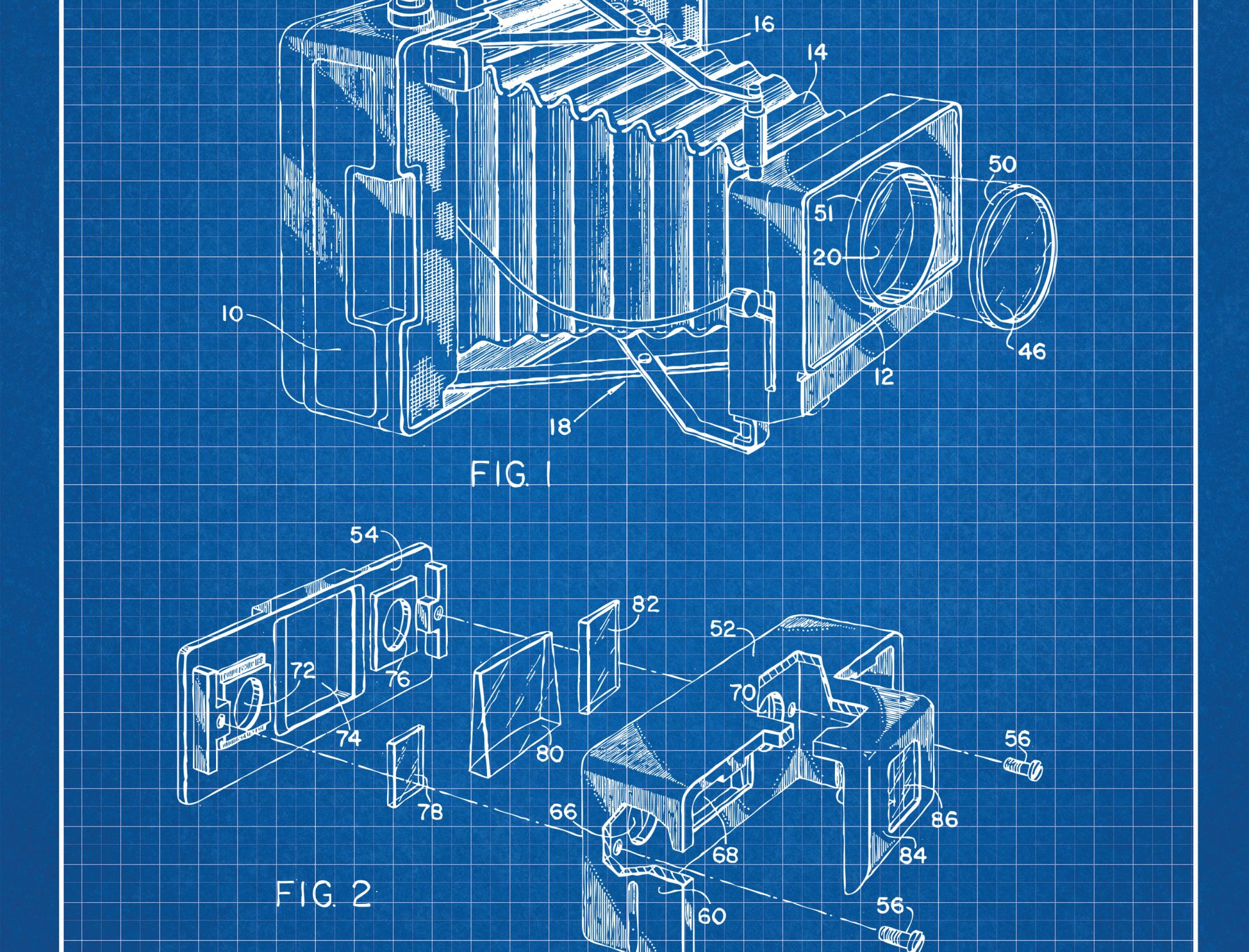Playing with Syntax – UNC Libraries Incubator Award Proposal
Grant Glass, Graduate Student, Department of English and Comparative Literature (grantg@live.unc.edu)
Erin Rutherford, Graduate Student, School of Information and Library Science (erinruth@live.unc.edu)
The UNC Wilson Special Collections Library recently acquired a curious object, one that raises questions concerning the status of rare materials in a digital age: a parlor game version of William Combe’s satirical poem, “The Tour of Dr. Syntax in Search of the Picturesque” (1812) (PR3359.C5 T68 1830). As part of a special collection, the game plays a different role than a typical library item; one does not read a game as one reads a book. It was meant to be played. Now a rare object that one can only view under specific conditions, it is unable to be played.
If the original object is to be cloistered in storage, what is the purpose of a library obtaining an object intended for interaction? In “The Work of Art in the Age of Mechanical Reproduction,” Walter Benjamin argues that the ability to mechanically reproduce an object strips away its aura. In a similar way, the disavowal of the original object’s functionality results in a kind of depreciation. We propose that the creation of a replica of this game, made accessible to patrons, will re-imbue the original object with its lost aura. Our reproduction of the Doctor Syntax game, will blur the line between representation and content. To play is to engage the game. A reproduction creates new possibilities for engaging, preserving, and accessing rare library materials beyond the reading room.
This parlor game is a remediation and expansion of Combe’s work, including fifty cards. Made of heavy cardstock, one half features quotations from the Doctor Syntax books, the other half contains intricate hand-colored lithograph scenes inspired by the quotes. Ephemera include a small wooden spindle, two hand-colored teetotums, and a letterpress rule sheet. All are contained in a decorated wooden box. To create our new version of the game, we will work with the UNC BEAM makerspaces to generate vinyl and cardstock cards, 3D printed teetotums, a circuited set of rules, and a decorated box. We will use Tinkercad to build physical models of all items and partner with the Design Lab in UNC’s Undergraduate Library to generate the lid inset and playing card illustrations using Adobe Illustrator.
The value of our project lies in the attempt to determine and evaluate the artistic merit of replicated, rare artifacts and the intellectual activity at the intersections of literature, history, games, and material creation. As non-artists undertaking a digital fabrication process, we will consider the perceived quality or value of a replica as a work of art. If artifacts derive their value through use, our high-quality surrogate may more effectively convey historical consciousness and enable access to literary insights than the original. The project engages questions of practical value in order to illuminate related future artistic projects. It sets a framework to explore questions that inevitably arise when artifacts, curation, and digital technologies converge.
References
Benjamin, W. (1968). “The Work of Art in the Age of Mechanical Reproduction.” In H. Arendt (Ed.), Illuminations: Essays and Reflections. (pp. 217- 251). New York, NY: Schocken Books.
Combe, William and Rowlandson, Thomas. (1830). The tour of Doctor Syntax in search of the picturesque : a game. United Kingdom. Realia.
